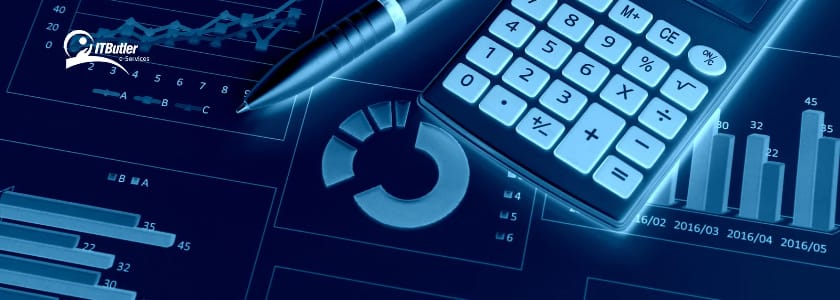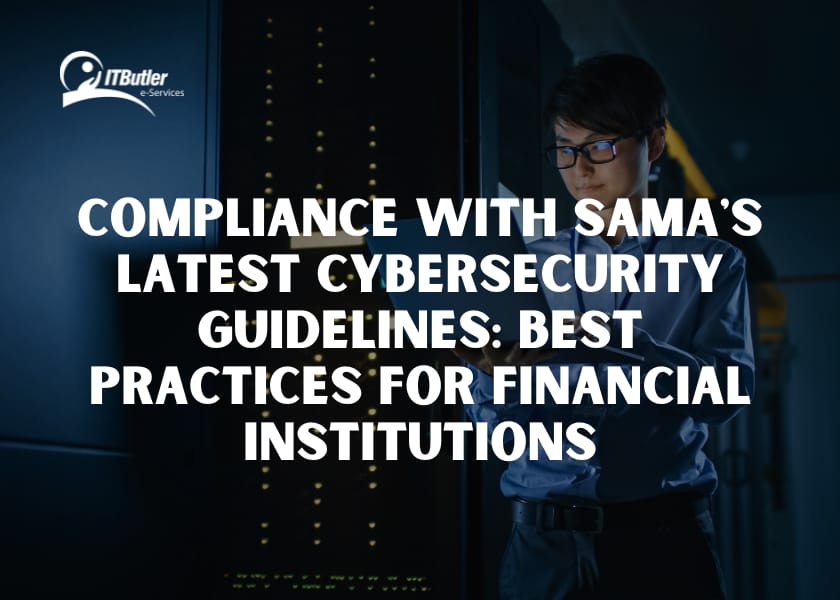Imagine a hacker sitting in a room, scheming how to slip through the digital cracks of your financial institution. Does it sound dramatic? Perhaps a little bit but much closer to the truth than one can imagine. Cybercriminals are relentless, and with each passing day, they seem more crafty. That’s why SAMA has also launched a set of cybersecurity guidelines. This SAMA cybersecurity compliance and guidelines place the banks and financial institutions on the pedestal just a few steps ahead.
However, these are not just the rulebook; they are a lifeline. One tiny slip-up may lead to massive data breaches, lost customer trust, and a serious dent in reputation. So, how can Saudi financial institutions approach this challenge with utmost confidence? Let’s discuss SAMA’s latest cybersecurity guide and discover how you can turn compliance into your strongest digital defense.
Why Do SAMA Cybersecurity Compliance Guidelines Matter?
Cybersecurity guidelines are just like iron locks, heavily armed guards who never allow funny business there. Therefore, these are key not only to avoid the fine but also because customer data is so safe. It would help them build trust.
Lastly, SAMA cybersecurity compliance safeguards our financial systems from potential disasters and cyber attacks. Without them, we shall be keeping our financial treasures up open for the hacker to break the lock.
What is in the SAMA’s Guidelines?
SAMA’s cybersecurity guidelines break up into some of the essentials.
Data Protection: This is like treating customer data like a priceless artifact. Therefore, you lock it up, secure it, and make sure only the right people will have access to it.
Access control: It’s not enough to protect the data, it is even important to know who is getting their hands on it. Therefore, great passwords, two-factor authentications, and restricted access are the way to go. Thus, conceptualize it as the “no free entry” sign at a VIP party.
Incident Response: Ever had a fire drill at work? This is similar but digital. However, SAMA’s guidelines require institutions to be ready to react to cyber incidents with the prompt possible action. It’s all about being ready to put out the digital fires before they spread.
These guidelines are like some sort of manual to handle digital headaches. If these are rightly followed, it’s the difference between a “we’ve got this” response and a “panic mode” meltdown.

Best Practices in SAMA Cyber Security Compliance
Let’s highlight some of the best practices that will enable you to stay ahead with SAMA’s guidelines:
1. Daily Risk Assessments
I do not think anyone would ever miss their regular health check-up. So, risk assessment is similarly essential to identify cybersecurity issues and cracks in your defense system before the problems worsen.
2. Train Employees
Train your employees with know-how on how to recognize phishing attempts and other sneaky cyber threats. This cybersecurity training is like teaching everyone how to wash their hands correctly. Ultimately, it prevents lots of problems.
3. Encrypt Data
Encryption is to data when a lock is to a secret diary. So when unauthorized access is gained to sensitive data, it will not be able to be read without the key.
4. Monitor Systems Regularly
Monitoring is like watching over an art house, with priceless art inside. However, you will see abnormal behavior early and deal with it before it gets worse.
These steps may make SAMA compliance not quite such a headache and more like a digital security tune-up.
Challenges to Comply with SAMA’s Expectations
What are some of the barriers financial institutions encounter?
1. Budget Issues: Proper cybersecurity doesn’t come cheap. Therefore, the smaller institutions, among others, face some budget constraints in these expenses.
2. Technology Gaps: Some institutions operate on antiquated systems that are not even up to the present-day cybersecurity needs. That’s like trying to send emails using a typewriter-it doesn’t work.
3. Skilled Staff: Cybersecurity experts seem like unicorns nowadays and hard to capture and hard to hold.
These are actual barriers, but they do not have to be insurmountable. It is expensive to invest in cybersecurity. However, the price of one of these major breaches is much more expensive.
Benefits of SAMA’s Cybersecurity Compliance
Compliance with the needs of SAMA will have benefits other than just a slap on the wrist.
Better Reputation: Compliance speaks to your customers that you mean business when it comes to data. Therefore, a good reputation for cybersecurity will give an edge in terms of competitiveness.
Less Chance of Financial Loss: It can be a very costly affair. As it is not only about the fine but customer trust lost.
Operational Efficiency: So that everything works smoothly, your institution flourishes instead of fighting cyber threats.
Moreover, think of SAMA compliance like hitting the gym. It is too much work in the beginning, but it pays in the long run.
What We Can Learn from Cybersecurity Incidents
Sometimes, the best way to learn is from mistakes, preferably someone else’s. Here are a few examples:
Phishing Scams: A financial institution was not as active in training its staff. All it took was a phishing email to compromise their large amount of data. So a little bit of training side-by-side is important to avoid cyber attacks.
Weak Password Policies: Another was hacked due to the weakest of password policies. Hackers guessed passwords that were only one step up from “password123.” Take away? Therefore, make those passwords strong and enforce multi-factor authentication.
Didn’t Patch: A bug in the software was exploited and proved more expensive when the hack occurred. So what’s the moral of the story? Don’t skip your digital maintenance.
Each of these incidents underlines the need to stay ahead with cybersecurity best practices and follow the guidelines of SAMA.
The Future of Cybersecurity for Saudi Financial Institutions
Technology advances light-years every second, and so does the rate of cyber threats. Therefore, to get ahead in this race, future-proof cybersecurity embraces new technology. So, AI can help detect threats as well as respond faster than any human could. Just think about a digital guard dog that never sleeps. Blockchain is nearly impossible to tamper with. As it promises to be quite a promising tool for securing sensitive transactions.
In the future, those institutions that must abide by SAMA may need to adopt these technologies as they come. It’s a fast-moving game, only the most adaptive will survive.
Conclusion
Finally, it could be argued that implementing these requirements has nothing to do with “ticking the boxes”. SAMA cybersecurity compliance is about paying attention to its customers: being safe and trusted and ensuring your institution’s security. Yes, it may be much work, but that is like having insurance for your peace of mind.
Moreover, only embracing the guidelines of SAMA can ensure that Saudi financial institutions are kept free to focus on doing what they do best. So that is, serving their customers and expanding their businesses without nagging worries about some cyber threat looking around the corner.
